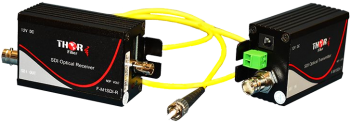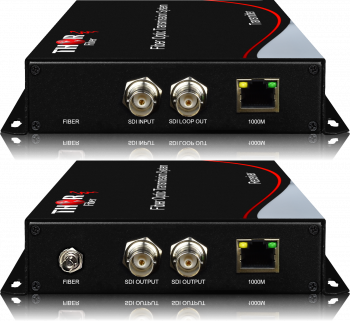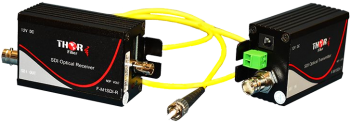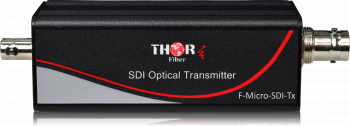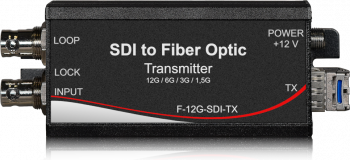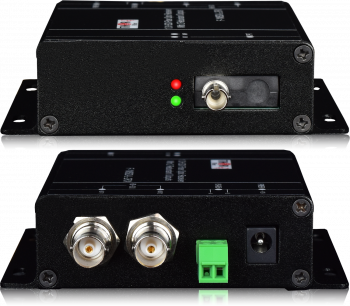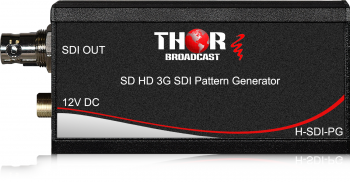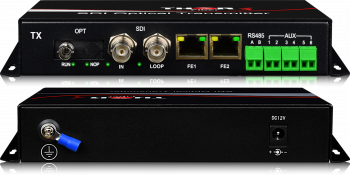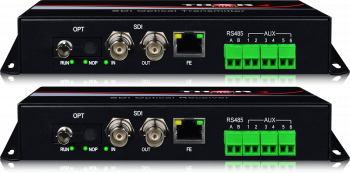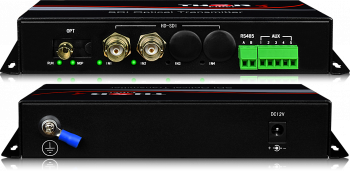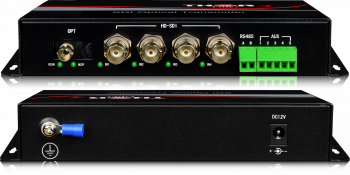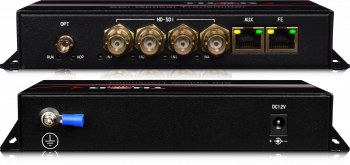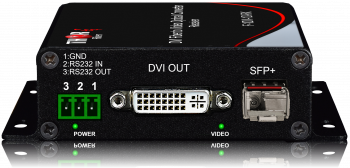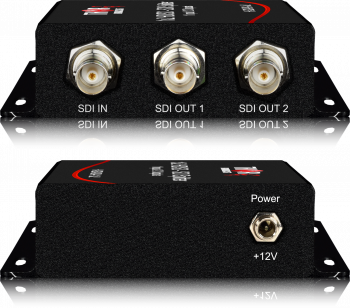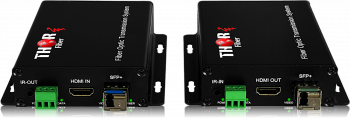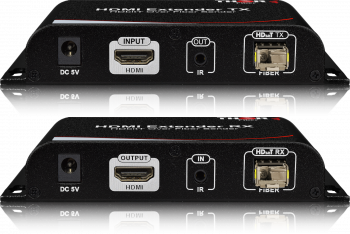SDI, or Serial Digital Interface, is a standard for transmitting uncompressed digital video and audio signals. It is commonly used in professional video production and broadcasting. SDI signals are typically transmitted over coaxial cables, but they can also be transmitted over fiber optic cables.
The speed of an SDI signal is determined by the number of bits per second (bps) that are transmitted. The most common SDI speeds are 270 Mbps, 1.5 Gbps, 3 Gbps, and 6 Gbps. The rate of an SDI signal is determined by the number of frames per second (fps) that are transmitted. The most common SDI rates are 24 fps, 25 fps, 30 fps, and 60 fps.
SDI signals can be difficult to transmit over long distances using copper cables. This is because copper cables are susceptible to signal loss and interference. SDI signals can be transmitted over much longer distances using fiber optic cables. This is because fiber optic cables are not susceptible to signal loss or interference.
There are a number of benefits to using SDI over fiber for long-distance transmission. These benefits include:
* Longer transmission distances
* Reduced signal loss
* Improved signal quality
* Increased reliability
If you are looking for a reliable way to transmit SDI signals over long distances, Thor SDI over fiber family products is the best option.
5
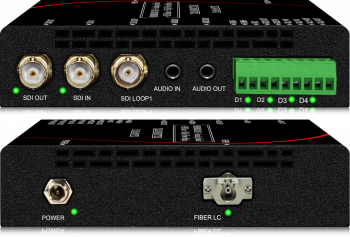
Cobra II
STARTING AT: $1 495,00
These multi-functional bi-directional fiber optic transceivers Cobra II support SD, HD, 3G, 12G-SDI video with LOOP OUT, 3.5mm stereo analog audio, RS232/485/422 data, and A tally light, also known as a tally indicator or tally lamp signals over only one single mode fiber, thanks to optical CWDM multiplexing. All of this is achieved with zero delay and no compression, providing uncompressed high-quality signals over fiber for distances of up to 10km.
12G SDI Analog Audio

 ES
ES


